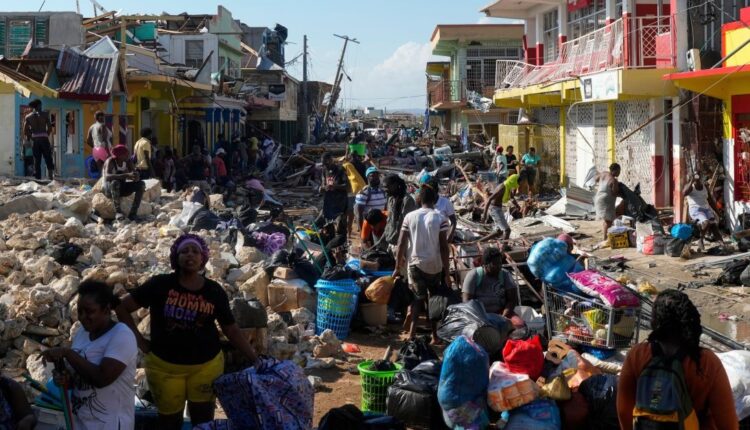Five days after Hurricane Melissa slammed into western Jamaica with record-breaking force, thousands of residents are still waiting for help.
Many communities remain cut off, with blocked roads, destroyed homes, no electricity, and limited food or clean water.
Government officials have confirmed that at least 28 people have died since the powerful Category Five hurricane struck. The storm, with winds reaching 185 miles per hour (297 km/h), was the strongest to ever hit Jamaica. Authorities fear the death toll could rise as emergency teams gain access to more areas.
Dr. Dayton Campbell, a local official, told the BBC that 10 of the confirmed deaths were in Westmoreland Parish, one of the worst-hit areas. St. Elizabeth Parish, located to the southeast, is believed to have even more unconfirmed deaths. Officials say around 90% of homes there have been destroyed. The eye of the storm passed directly between these two parishes, wiping out entire communities.
Roads leading into Westmoreland now look like graveyards of trees and debris. Fallen branches, broken buildings, and overturned shipping containers stretch for miles. The destruction shows how fierce Hurricane Melissa was. Men with machetes have been trying to clear roads, while police officers escort aid trucks into hard-hit areas. One officer described the scene as “total devastation.”
In the coastal town of Whitehouse, residents say they feel abandoned. Gary Williams, who lost his home, said he has been waiting for help that never came. Sitting in front of what is left of a building, he said he might have to sleep outside. “They say help coming, but they no turn up,” he said sadly.
Another resident, who did not want to be named, described the situation as “horrible,” saying there are “hopeless, helpless, and lifeless people” everywhere.
As of Friday, about 400,000 people across Jamaica were still without power. Many others have lost cell service or internet access, leaving them unable to contact family or emergency services.
To help reconnect people, Jamaica’s Transportation Minister, Daryl Vaz, said that more than 200 Starlink internet devices have been deployed across the island. He defended the government’s slow response, citing problems with refueling aircraft, landing areas, and poor visibility.
Prime Minister Andrew Holness said the government’s immediate focus is to clear debris, restore electricity and water, and deliver food and medical aid. But even those steps cannot fully fix the damage to people’s lives and livelihoods.
In a small fishing village outside Whitehouse, Robert Morris sat beside a broken concrete wall, staring at the ruins of his home. His boat, his main source of income, was destroyed. “Melissa take everything down,” he said. “No help, no food, no water. We just have to try and see what we can do.”
Still, in the midst of heartbreak, many Jamaicans are showing resilience. Roy Perry, who lost everything, said, “We have to just keep the faith and the hope up still. Can’t give up.”
Nearby, a farmer named Oreth Jones was selling the few crops that survived the storm, like, pears, pumpkins, and sweet potatoes, from the back of his truck. His farm was wiped out, and he recently broke his leg in a bike accident, but he still smiled and said, “We have to give God thanks we’re alive.”
When asked how the community will move forward, Jones replied, “Pray. Nothing else we can do.”
Meanwhile, international aid has begun arriving. The United States has deployed its Disaster Assistance Response Team, and the United Kingdom has pledged millions in relief funds and emergency supplies. But for those still trapped in the wreckage of Hurricane Melissa, help cannot come soon enough.
Source: BBC


Comments are closed.